Baseball, often referred to as America’s pastime, holds a special place in the hearts of fans and players alike. With its rich history, iconic imagery, and timeless appeal, baseball offers a perfect canvas for captivating and evocative photographs.
Whether you’re a professional photographer looking to expand your portfolio or an enthusiastic amateur seeking to capture the essence of this beloved sport, a baseball-themed photoshoot can be an exciting and rewarding endeavor.
From the grit and determination on a player’s face as they wind up for a pitch to the raw emotion displayed during a close call at home plate, the emotions inherent in baseball provide endless opportunities for photographers to capture powerful images. We will guide you through techniques that can help you freeze these moments in time, using composition, lighting, and perspective to create visually striking and emotionally charged photographs.
In this article, we aim to equip photographers of all levels with a wealth of inspiration and practical advice to help them embark on a captivating baseball-themed photoshoot. Whether you’re photographing Little League games, professional matches, or recreating iconic moments from baseball history, the ideas presented here will spark your creativity and enable you to craft images that immortalize the timeless beauty of America’s favorite pastime.
Popular Genres Of Baseball Photos:
Tossing A Baseball Up In The Air
One popular genre of baseball photography is capturing the simple act of tossing a baseball up in the air. This shot can convey a sense of anticipation and eagerness, as the player prepares to make a pitch or catch. By freezing the ball in mid-air, photographers can showcase the texture and details of the baseball, creating a visually engaging image.
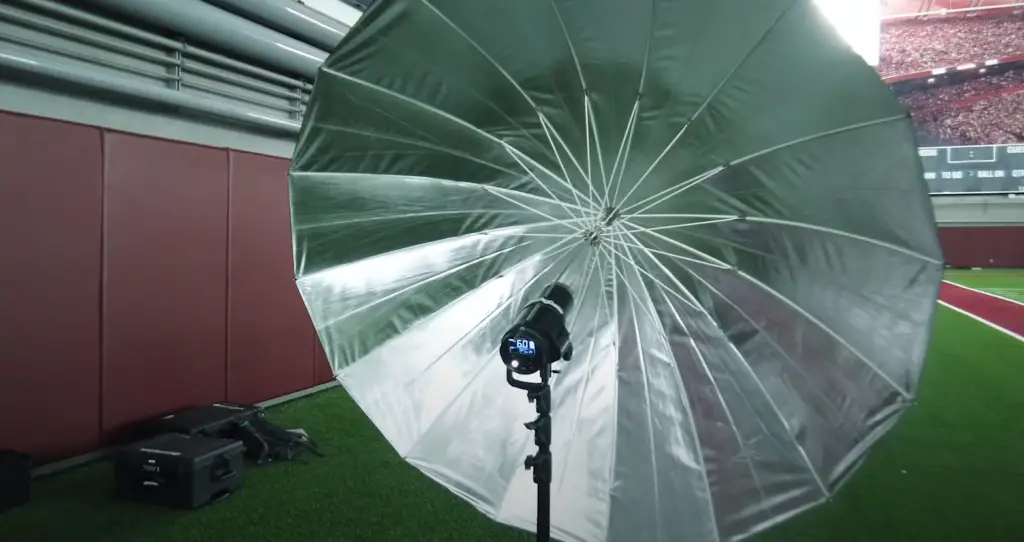
Let Me Show You A Baseball
In this genre, the focus is on the interaction between players or coaches and young fans. Whether it’s a player holding out a baseball for a child to examine or a coach imparting wisdom, these photos capture the special bond between the sport and its enthusiastic followers. The expressions of wonder and delight on the faces of young fans add an endearing element to these images [1].
Class Photo
A baseball team is more than just a group of individuals; it is a close-knit community. The class photo genre in baseball photography aims to capture the camaraderie and unity of the team. From posed shots with players lined up in uniform to candid moments of laughter and bonding, these photos celebrate the team spirit that makes baseball such a beloved sport.
Coach Swallowing A Bug
Whether it’s a coach accidentally swallowing a bug or a player’s amusing reaction to a surprising event, these candid shots bring a lightheartedness to the sport and showcase the personalities of those involved.
The Wedding Photo
Baseball-themed weddings have gained popularity in recent years, and capturing the romance and love shared by the couple within the baseball setting is a delightful genre of baseball photography. From a couple sharing a kiss on the pitcher’s mound to holding hands while walking down a baseball-themed aisle, these photos combine the joy of baseball with the celebration of love and commitment.
Holding A Sign
Signs and banners are often seen in baseball stadiums, and they provide an opportunity for creative and engaging photography. Whether it’s a fan expressing support for their favorite player or a humorous sign that adds a touch of wit to the game, capturing these moments can add a dynamic element to baseball photography.

Fake Hitting A Home Run
In this genre, photographers capture the playful side of baseball by photographing players or fans pretending to hit a home run. These shots can evoke a sense of joy, enthusiasm, and the sheer love for the game. By freezing the action and capturing the expressions of those involved, photographers create images that convey the excitement of the sport.
Peekaboo
Children have an innate curiosity, and capturing their interactions with baseball can produce adorable and heartwarming photographs. Whether it’s a child peeking through the fence, a young fan mimicking a player’s stance, or a playful moment between a player and a young spectator, these photos showcase the connection between the sport and the next generation of fans.
Art
Baseball photography can transcend traditional sports imagery and become a form of art. From experimenting with different angles and perspectives to utilizing creative editing techniques, photographers can transform the game into visually striking and thought-provoking compositions. This genre allows photographers to showcase their artistic vision and create images that go beyond the conventional boundaries of sports photography. By playing with light, shadows, colors, and composition, photographers can capture the beauty and elegance of baseball in a unique and captivating way.
The Self-Aware Pic
Self-aware photos in baseball photography add a touch of introspection and self-reflection. These images capture players in moments of deep concentration or contemplation, revealing their dedication, focus, and determination. Whether it’s a pitcher on the mound, a batter in the batter’s box, or a fielder preparing to make a play, these photographs invite viewers to ponder the mental and emotional aspects of the game.
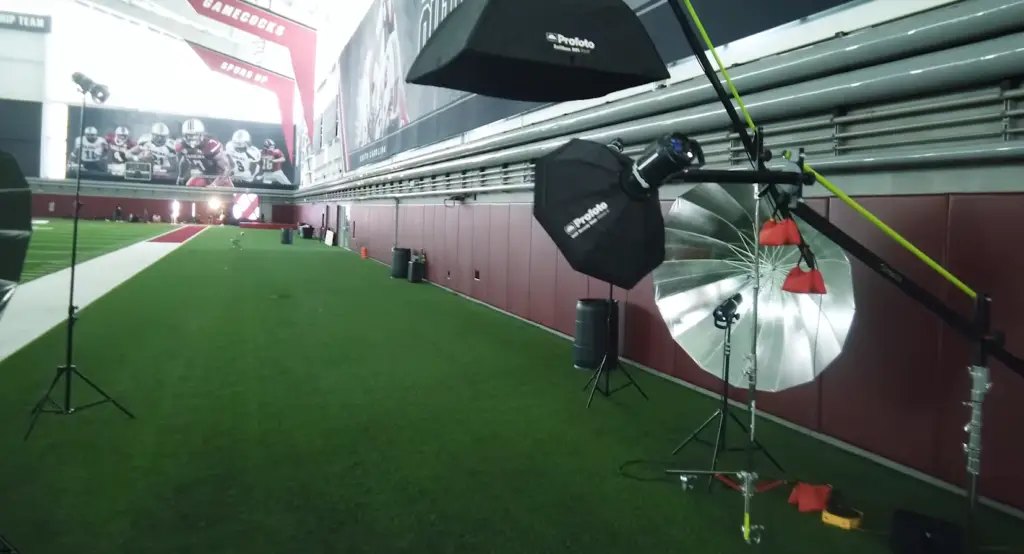
Awesome Baseball Photography Ideas:
1) Always Look for the Ball and the Face
One crucial aspect of baseball photography is capturing the ball and the players’ faces simultaneously.
2) Finding the Right Spot
To capture unique and engaging perspectives, it’s essential to find the right spot in the stadium or field. Experiment with different angles and positions to add variety to your shots. Consider shooting from high vantage points, such as the press box or upper stands, to capture the game from a bird’s-eye view. Alternatively, get close to the action by positioning yourself near the dugout or along the baselines to capture the intensity and emotion up close.
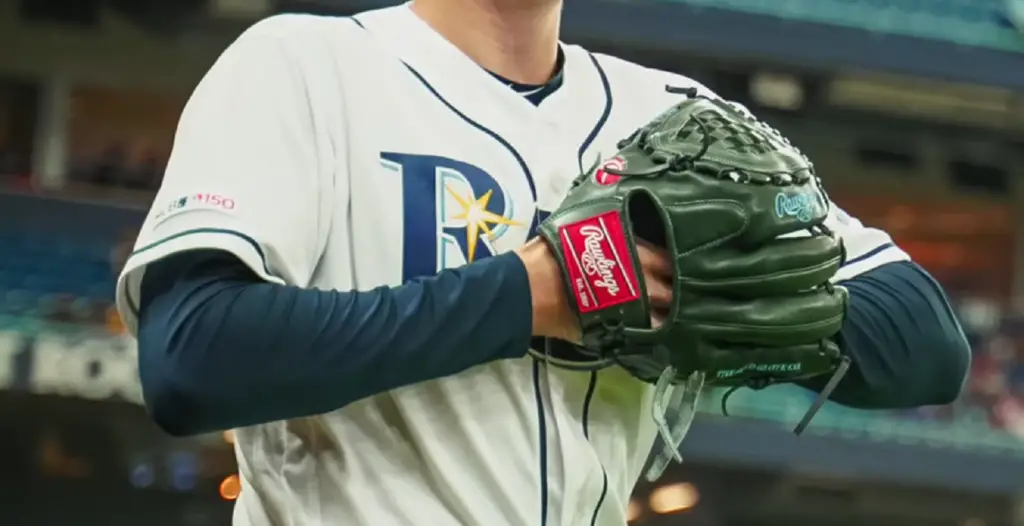
3) Getting Close to the Game for Some Action Pictures
To truly convey the energy and excitement of baseball, getting close to the game is essential. By using a telephoto lens and positioning yourself near the action, you can capture dramatic action shots that freeze the intensity of the game. Capture the moment a runner slides into a base, a fielder leaps to make a catch, or a batter connects with a powerful swing. These close-up action shots bring the viewer right into the heart of the game.
4) Good Intuition and Anticipation
Baseball is a game of anticipation and split-second decisions. As a photographer, it’s crucial to develop good intuition and anticipate key moments to capture the most impactful images. Watch for signs of upcoming action, such as a pitcher’s wind-up or a runner taking a lead off base. By predicting these moments, you can position yourself and be ready to capture the perfect shot at the decisive moment.
5) Eye for Detail
Baseball is a game filled with intricate details that can make for compelling photographs. Pay attention to the small details that tell a story, such as the scuffed baseball, the dirt-stained uniforms, or the gripping intensity in a player’s eyes. These details add depth and authenticity to your images, allowing viewers to immerse themselves in the game’s atmosphere and emotions.
6) Using the Wide-Angle Lens
While telephoto lenses are commonly used in sports photography, don’t underestimate the power of a wide-angle lens in capturing the essence of baseball. Wide-angle lenses can provide a broader perspective, allowing you to capture the entire field or stadium and incorporate the surrounding environment. This can be particularly effective during pre-game warm-ups, capturing the excitement and anticipation of players and fans alike.

7) Panning to Get Motion Pictures
By following the movement of a player with your camera while using a slower shutter speed, you can create images where the player appears sharp against a blurred background. This technique adds a dynamic and energetic feel to your photographs, emphasizing the speed and intensity of the game.
Tips For Better Baseball Photography:
Get as Close to the Action as You Can
To capture the intensity and energy of the game, it’s essential to get as close to the action as possible. Position yourself near the field, close to the dugout, or along the baselines. By being close to the players, you can capture the finer details, expressions, and the raw emotions that unfold during the game.
Show the Ball in Your Baseball Photos
The ball is the heart of the game, and including it in your photographs adds a sense of action and dynamics. Whether it’s a pitcher releasing the ball or a batter connecting with a powerful swing, try to include the ball in your frame. This not only adds context but also creates a sense of anticipation and excitement.
Use a Fast ISO Setting on a Digital Camera when Taking Baseball Photos
Baseball games are often played in outdoor stadiums or during the daytime, which means you’ll encounter varying lighting conditions. To capture sharp and well-exposed images, use a fast ISO setting on your digital camera. A higher ISO allows you to maintain a fast shutter speed, freeze the action, and reduce the risk of blurry photos.
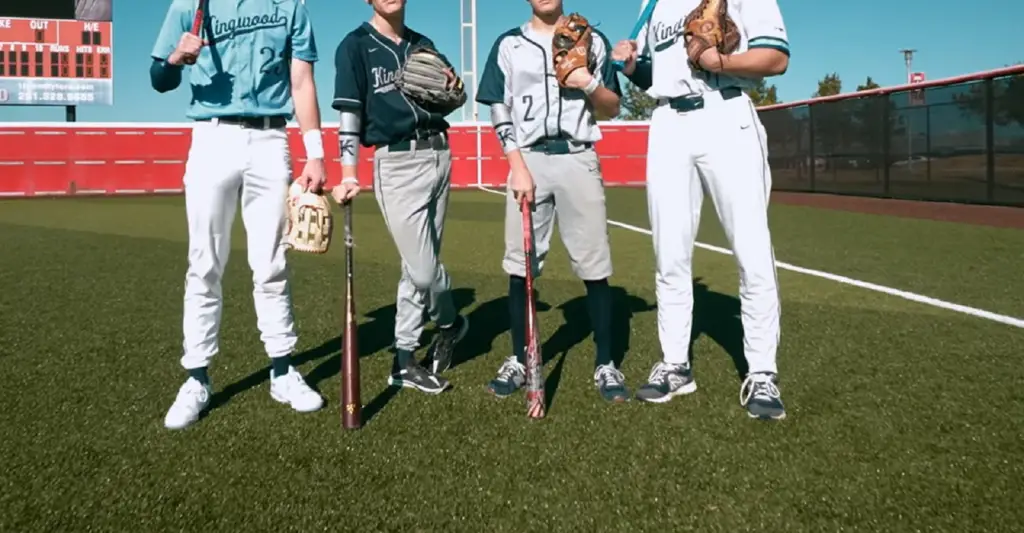
Show the Player’s Facial Expression
The facial expressions of players can convey a range of emotions, from determination to joy and even disappointment. Focusing on capturing the expressions adds a human element and depth to your baseball photos. Be ready to capture the intense concentration of a pitcher, the elation of a player who just hit a home run, or the disappointment on a player’s face after a missed opportunity.
Anticipate Where the Action Will Be
Baseball photography requires anticipation and predictive skills. By studying the game and observing the players, you can anticipate where the action is likely to occur. Pay attention to a pitcher’s wind-up or a runner preparing to steal a base. Anticipating these moments allows you to position yourself in the right spot to capture the decisive action as it unfolds [3].
Use a Fast Shutter Speed
Baseball is a fast-paced sport, and using a fast shutter speed is crucial to freeze the action and capture sharp images. Set your camera to a high shutter speed, such as 1/1000th of a second or faster, to ensure that the players and the ball are captured with minimal motion blur.
Use Burst Mode to Increase Your Chances of Capturing a Great Image
Burst mode, also known as continuous shooting mode, is a valuable tool in capturing the perfect moment in baseball photography. By holding down the shutter button and shooting in rapid succession, you increase your chances of capturing that split-second action or the perfect swing. This allows you to choose the best image from a series of shots.
Set the Autofocus to Continuous and Single Point
When photographing baseball, it’s important to have precise focus on the players. Set your camera’s autofocus mode to continuous (AI-Servo or AF-C) to track the movement of the players. Additionally, use the single-point autofocus mode to ensure that the camera focuses on the specific player or area you intend to capture.
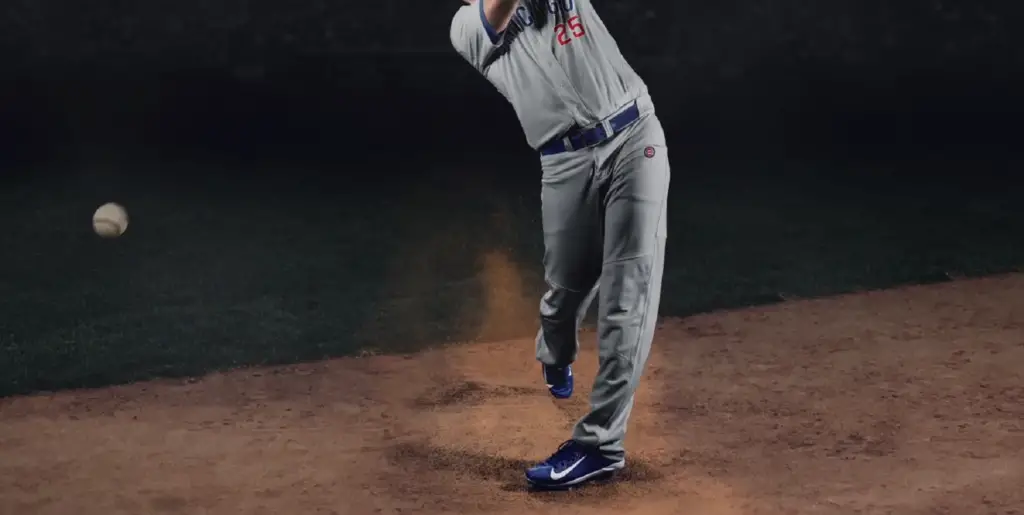
Zoom In Close
To capture the intricate details of the game, don’t hesitate to zoom in close. Utilize the telephoto capabilities of your lens to capture the expressions on players’ faces, the details of their uniforms, or the interactions between players on the field. This allows you to isolate specific moments and create impactful images that showcase the intensity and passion of the game.
Practice Patience and Persistence
Baseball photography is a game of patience and persistence. Don’t be discouraged if you don’t capture the perfect shot right away. Keep shooting, experiment with different angles and settings, and learn from each attempt.

Pay Attention to Composition
Composition plays a vital role in creating visually appealing baseball photographs. Consider the rule of thirds, leading lines, and framing techniques to add depth and visual interest to your images. Experiment with different perspectives and angles to capture unique compositions that tell a compelling story.
Embrace Post-Processing
Post-processing can enhance the impact of your baseball photographs. Use editing software to fine-tune exposure, adjust colors, and sharpen details. However, remember to maintain the integrity of the image and avoid excessive manipulation that may compromise the authenticity of the moment captured.
Respect the Game and Players
As a baseball photographer, it’s essential to respect the game, players, and their privacy. Follow any rules or regulations set by the venue or team. Be mindful of not obstructing the view of other spectators or distracting the players during the game. Remember to obtain proper permissions if you intend to publish or share your images.
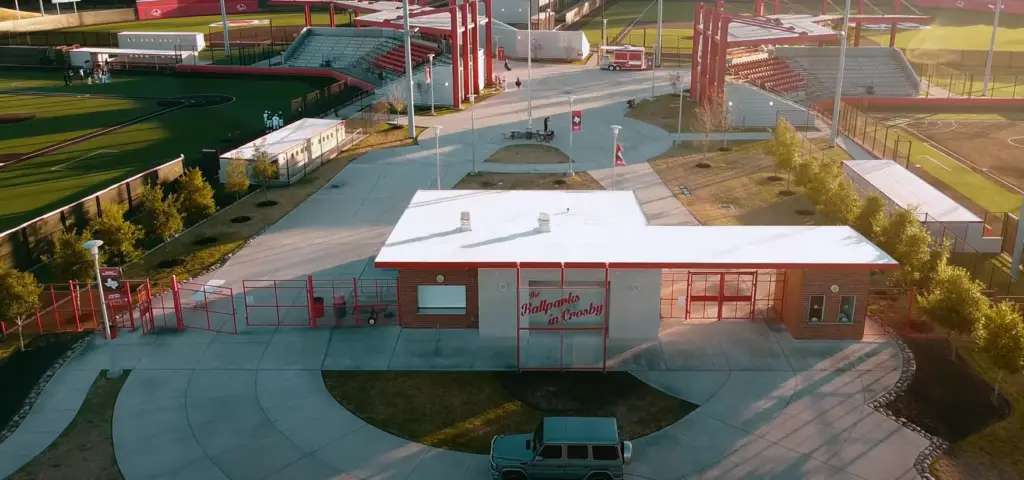
FAQ
1. What is the best photo setting for baseball?
The best photo setting for baseball photography depends on various factors such as lighting conditions, desired effect, and personal preference. However, there are a few general settings to consider. Shooting in aperture priority mode allows you to control the depth of field, keeping the subject sharp while blurring the background.
A moderate aperture, such as f/5.6 or f/8, is often a good starting point to maintain a balance between sharpness and background separation. Additionally, using continuous autofocus (AI Servo or AF-C) and burst mode can help capture fast-paced action and ensure you don’t miss any critical moments [4].
2. What shutter speed stops a baseball?
To freeze the motion of a baseball in flight, a fast shutter speed is essential. While the exact speed may vary depending on factors like ball speed and distance, a good starting point is around 1/1000th of a second or faster. Shutter speeds between 1/1000th and 1/2000th of a second are commonly used in baseball photography to ensure crisp and sharp images [5].
3. What is the best aperture for baseball photography?
The best aperture for baseball photography depends on the desired effect and the lens being used. A moderate aperture between f/5.6 and f/8 is often a good choice [6]. This range allows for sufficient depth of field to keep the subject (e.g., players, ball) in focus while still providing some background blur for separation and a sense of depth.
4. Which pose is best for a baseball photoshoot?
The best pose for a baseball photoshoot can vary based on the intent and style you want to achieve. Some classic poses include capturing the pitcher in the wind-up or a batter mid-swing. Fielding poses, such as a player diving for a ball or making a throw, can also convey the intensity and athleticism of the game. Candid shots that capture natural moments of emotion and interaction between players can also make for compelling images. Ultimately, the best pose will depend on your creative vision and the story you want to tell.
5. What lens is best for baseball photography?
The best lens for baseball photography depends on various factors, including the shooting location, the desired perspective, and the budget.
These lenses provide versatility and allow you to capture both close-up shots and wider scenes. Additionally, longer telephoto lenses in the range of 300mm or 400mm can be beneficial for capturing detailed shots from farther away or for shooting professional-level baseball events.
6. What is the safest shutter speed?
The safest shutter speed to avoid motion blur depends on the subject and the level of activity. Generally, a shutter speed of 1/250th of a second or faster is considered safe for handheld photography. However, when photographing fast-moving sports like baseball, a faster shutter speed of 1/500th of a second or higher is often recommended to ensure sharp images and freeze the action effectively.
7. What is a good ISO for taking pictures of sports?
A good ISO for taking pictures of sports depends on the lighting conditions and the capabilities of your camera. In well-lit outdoor settings like daytime baseball games, ISO 400 or 800 is often sufficient to maintain image quality while keeping the shutter speed fast. In lower light conditions or indoor arenas, higher ISO values like 1600 or 3200 may be required to maintain a fast shutter speed and avoid underexposure. It’s important to test your camera’s ISO performance and find the optimal balance between ISO and noise levels for your specific equipment [8].
8. What is the best FPS for sports photography?
The best frames per second (FPS) for sports photography depends on the level of action and the specific sport you are capturing.
In the case of baseball, where the action can be fast-paced but not as continuous as some other sports, a camera with a burst mode capable of shooting at least 6-8 frames per second can be sufficient to capture the key moments effectively. This allows you to have multiple frames to choose from, increasing the likelihood of getting a perfectly timed shot.
However, higher-end cameras often offer even higher FPS rates, such as 10 frames per second or more, providing an advantage for capturing rapid sequences of action or ensuring you don’t miss any critical moments.
9. Is JPEG or RAW better for sports photography?
RAW is generally considered better for sports photography due to its advantages in post-processing. RAW files contain all the data captured by the camera’s sensor, providing greater flexibility for adjusting exposure, white balance, and other settings during editing. This is especially important in sports photography, where lighting conditions can vary significantly, and capturing the right exposure in-camera can be challenging.
Additionally, RAW files offer greater dynamic range, allowing for more flexibility in recovering details from shadows and highlights. This is crucial when dealing with high-contrast scenes common in sports photography.
While shooting in RAW requires more storage space and may slow down the continuous shooting rate due to larger file sizes, the benefits in terms of image quality and post-processing capabilities outweigh the drawbacks. However, if you are shooting in situations where speed and efficiency are prioritized over extensive post-processing, shooting in JPEG can still produce good results.
10. How do I get my sports pictures sharp?
To ensure sharp sports pictures, there are several key factors to consider:
- Shutter speed: Use a fast shutter speed to freeze the action and minimize motion blur caused by camera shake or subject movement;
- Autofocus: Use continuous autofocus mode (AI Servo or AF-C) to track moving subjects and ensure they remain in focus;
- Burst mode: Use the camera’s burst mode to capture multiple frames in quick succession, increasing the chances of capturing a sharp image;
- Proper technique: Hold the camera steady, use a monopod or tripod if needed, and practice panning techniques to track subjects smoothly;
- Lens choice: Use a lens with a fast and accurate autofocus system suitable for sports photography;
- Lighting conditions: Shoot in well-lit environments to allow for faster shutter speeds and better overall image quality;
- Post-processing: Apply sharpening techniques during post-processing to enhance the perceived sharpness of the image without introducing artifacts;
11. Why are my sports photos blurry?
Sports photos can be blurry due to several reasons:
- Camera shake: Insufficient shutter speed or handheld shooting without proper stabilization can result in camera shake, leading to blurry images;
- Subject movement: Fast-moving subjects can blur if the shutter speed is not fast enough to freeze the action;
- Autofocus issues: If the autofocus fails to track the subject properly or locks onto the wrong element, the resulting image may be out of focus;
- Improper technique: Incorrect panning or unstable handholding technique can contribute to blurry images;
- Insufficient light: In low-light conditions, slower shutter speeds may be necessary, increasing the risk of motion blur;
12. What is the best shutter speed for sports?
The best shutter speed for sports photography depends on the specific sport, the speed of the action, and the effect you want to achieve. In general, for fast-paced sports like baseball, a minimum shutter speed of 1/500th of a second is often recommended to freeze the action effectively.
However, for extremely fast movements, such as a pitcher’s arm or a baseball in flight, even faster shutter speeds, such as 1/1000th of a second or faster, may be necessary. It’s essential to experiment with different shutter speeds during the shoot to find the optimal balance between freezing the action and maintaining proper exposure.
13. Do action photos use higher or lower ISO?
Action photos often require higher ISO settings due to the need for faster shutter speeds to freeze the motion effectively. In order to maintain a fast shutter speed, especially in low-light conditions, increasing the ISO becomes necessary to achieve proper exposure. Higher ISO settings make the camera’s sensor more sensitive to light, allowing for faster shutter speeds and reducing the risk of motion blur.
However, it’s important to strike a balance between ISO and image quality. Higher ISO settings can introduce digital noise or grain, which can impact the overall sharpness and clarity of the image. The optimal ISO setting will depend on the available light, the capabilities of your camera, and your tolerance for noise. It’s recommended to test your camera’s ISO performance beforehand to determine the highest ISO setting that still produces acceptable image quality for your specific needs.
14. What color lens is best for baseball?
The color of the lens is not a significant factor in baseball photography. The choice of lens color, such as the lens coating or filter, usually depends on individual preferences or specific shooting conditions. Lens coatings or filters, such as neutral density (ND) filters, can help control light transmission, reduce glare, or enhance color saturation, but they do not have a direct impact on capturing baseball photographs. Instead, focus on selecting a lens that offers the necessary focal length, aperture, and optical performance for the specific requirements of baseball photography.
15. Is 300mm enough for sports photography?
A 300mm lens can be sufficient for certain sports photography situations, including baseball. It allows you to capture action from a distance and can provide a suitable focal length for medium-range shots. However, the adequacy of a 300mm lens depends on factors such as the shooting location, the proximity to the field, and the level of access you have to the action.
In professional baseball games where photographers may have limited access to the field, a longer lens, such as a 400mm or 500mm, may be advantageous for capturing close-ups and isolating specific players or moments. However, in amateur or Little League games where photographers can be closer to the action, a 300mm lens can still yield satisfying results. It’s important to consider the specific shooting conditions and the level of detail and composition you desire when determining the ideal focal length for your sports photography needs.
16. Is polarized or Prizm better for baseball?
Both polarized and Prizm lenses have their benefits for baseball, but they serve different purposes.
Polarized lenses are designed to reduce glare and improve visual clarity by filtering out horizontal light waves that cause glare from reflective surfaces. They are particularly useful for reducing glare from the sun, which can be beneficial during day games or when shooting from certain angles where the sunlight reflects off the field or other surfaces. Polarized lenses can help enhance contrast and reduce eye strain, providing a more comfortable viewing experience.
On the other hand, Prizm lenses are designed to enhance specific colors and optimize visual perception in certain environments. While there isn’t a specific Prizm lens dedicated to baseball, lenses like Prizm Field or Prizm Baseball can improve color and contrast perception on the field, helping players or spectators track the ball against the sky or grass.
17. Are polarized lenses good for baseball?
Polarized lenses can be beneficial for baseball, particularly when it comes to reducing glare from the sun. Glare from the sun can create distractions and hinder visibility, making it harder to track the ball in flight. By filtering out horizontal light waves that cause glare, polarized lenses can enhance visual clarity and improve the ability to see the ball, especially in bright sunlight.
However, it’s important to note that polarized lenses can affect depth perception, particularly when the ball is in motion. Due to the way polarization works, it may reduce the visibility of certain reflections or highlights on the ball, potentially making it slightly more challenging to track the spin or movement of the ball.
Useful Video: High School Senior Baseball Session – Behind the Scenes
References
- https://www.seniorsbyphotojeania.com/senior-picture-ideas/sports-senior-picture-ideas/
- https://magicalmemoriesbymichelle.com/baseball-senior-pictures/
- https://www.baselineblog.com/2021/06/05/baseball-photography-ideas/
- https://baseballmomstuff.com/6-cool-ideas-for-using-your-baseball-photographs
- https://www.sbnation.com/mlb/2016/3/3/11153188/the-12-genres-of-baseball-photos-from-photo-day
- https://www.nyip.edu/photo-articles/sports/baseball-photography-tips
- https://expertphotography.com/softball-baseball-photography/
- https://www.mirsalgado.com/blog/2019/11/19/baseball-themed-high-school-portrait-session





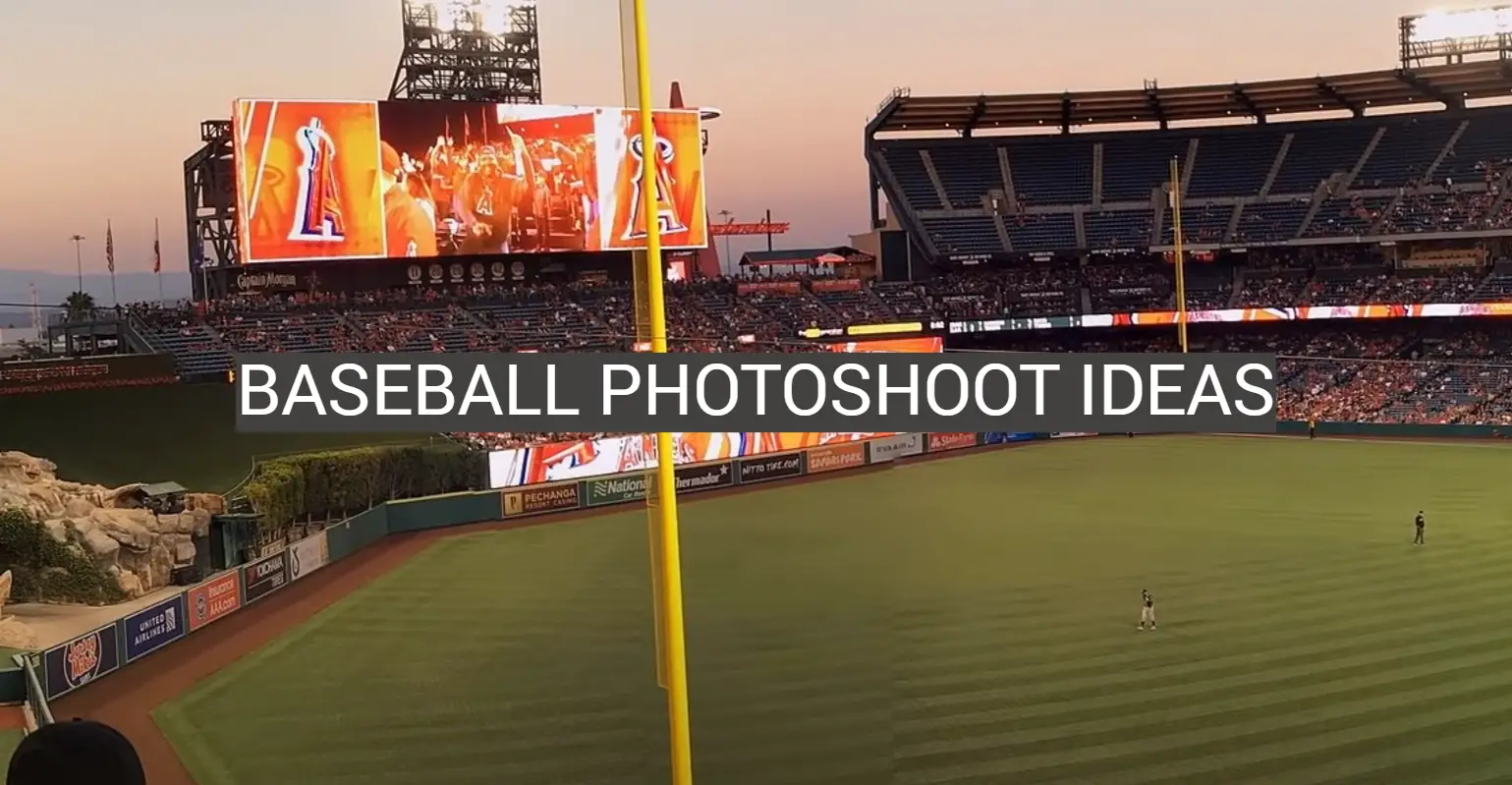






Leave a Reply